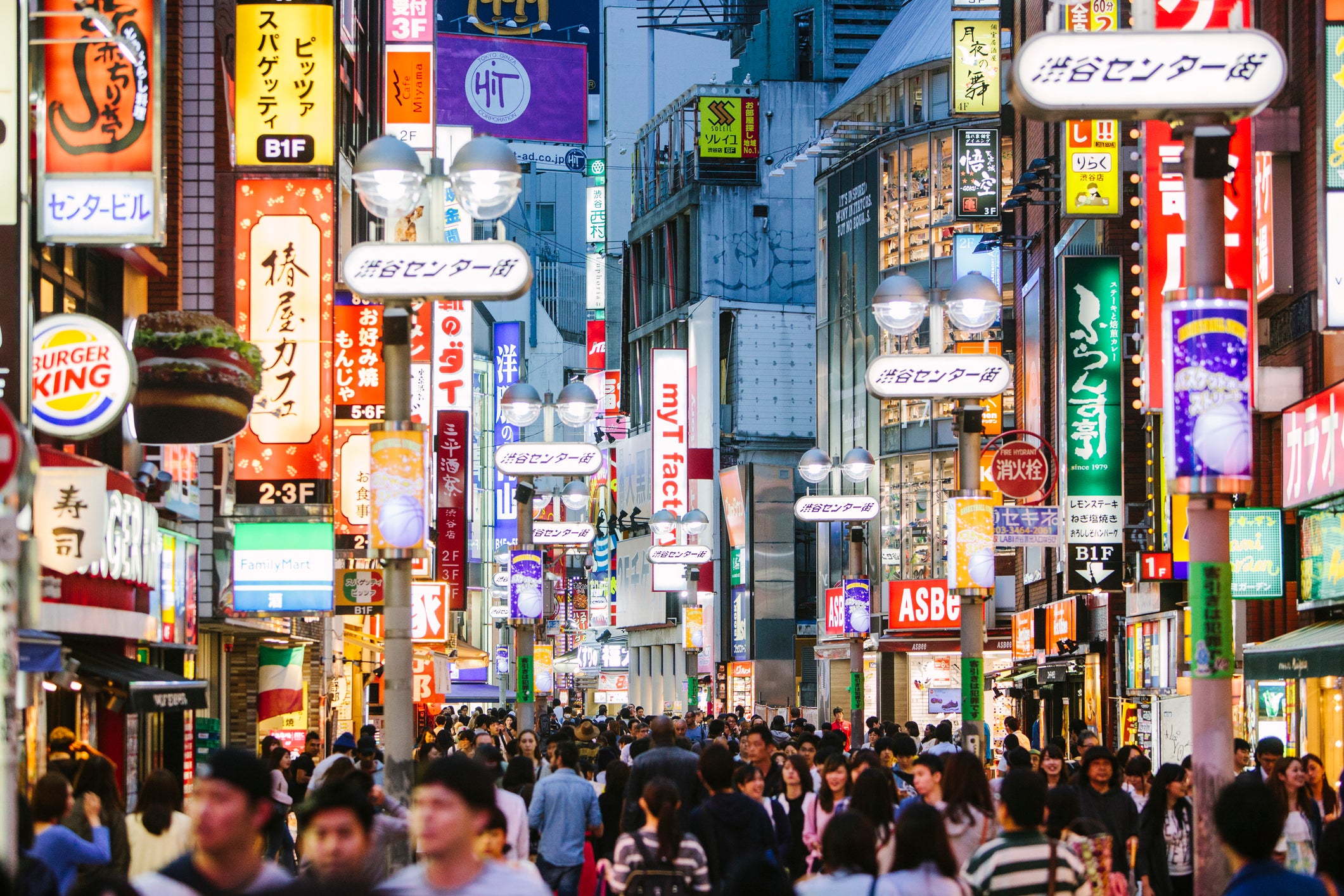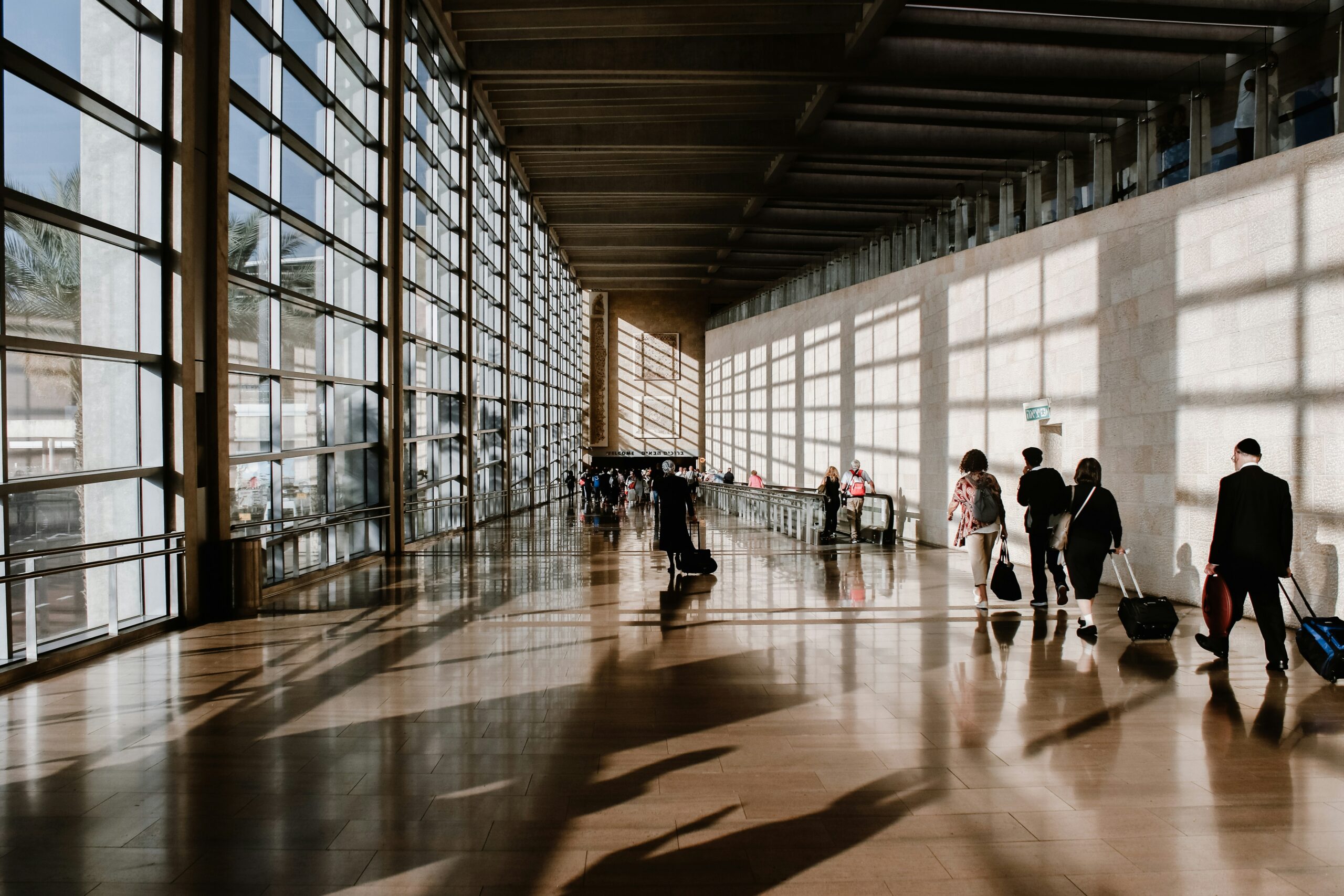Tokyo remains a perennial tourist favorite, attracting a record 36.8 million international visitors in 2024. So it makes sense that the city has two airports serving both international air traffic and domestic travel.
Narita International Airport (NRT), built in 1978, used to serve the most long-haul flights of the two travel hubs, but that is no longer the case. Of the two, Haneda Airport (HND) is now the busiest in terms of passengers, handling in excess of 78 million passengers annually, while Narita handles over 30 million each year.
Haneda’s international terminal opened in 2010, and by 2023, it was one of the world’s busiest airports. Since 2020, a number of U.S. airlines have added daytime flight service to and from Haneda. Carriers such as All Nippon Airways and Japan Airlines have also shifted most of their international flight operations from Narita International to Haneda, the primary reason for the shift being location.
But with plenty of flight options to each, deciding which of the two airports you should fly into can be tricky. Thankfully, we’ve weighed up the features of both so that you can make the most informed decision before booking your flight.
Distance to downtown and transportation options
| Getting downtown | NRT | HND |
|---|---|---|
| Distance (by car) | 47 miles | 13 miles |
| Time (by car) | 1 hour and 30 minutes | 40 minutes |
| Average taxi cost | 23,000 to 30,000 Japanese yen (approximately $150 to $200) | 8,000 to 12,000 Japanese yen (approximately $50 to $78) |
| Public transit | Narita Skyliner Express/Yamanote Line (2,630 Japanese yen/approximately $17) | Tokyo Monorail/Yamanote Line (690 Japanese yen/approximately $4.45) |
Which airport is better for business travelers?
Airlines and flight options
Japan is the only country with two Skytrax five-star airlines, All Nippon Airways and Japan Airlines, occupying spots in their top 10 carriers. Both operate long- and short-haul flights out of NRT and HND — but both carriers are shifting more of their long-haul operations to Haneda. While NRT remains Japan’s largest airport, it services fewer international flights these days, pivoting to focus on medium-haul routes from All Nippon, Japan Airlines and other airlines instead.
Meanwhile, service from Haneda to the U.S. has greatly expanded since 2019, as its closer location to Tokyo has made it more attractive to passengers. In response, the government has allocated more slots for international flights to meet demand. In 2023, HND saw record highs in international visitors and flights.
American carrier United Airlines has greatly increased its flight routes from Los Angeles International Airport (LAX) and Newark Liberty International Airport (EWR) to HND in the last five years while reducing the number of flights it operates out of NRT. Delta Air Lines, meanwhile, closed down its NRT hub and shifted its entire Tokyo flight strategy to HND.
As Haneda’s international flight offerings have increased, so has the number of airlines that serve international passengers there. But in many cases, even if a given airline doesn’t fly to the airport you want, you can get there on a codeshare or alliance partner. For example, Oneworld passengers flying between Japan and Sydney have two options between Japan Airlines and Qantas, both of which offer flights from HND and NRT.
Narita offers flights to 41 countries and 14 U.S. states; by comparison, Haneda, despite its pivot toward long-haul offerings, has flights to just 27 nations and 15 U.S. states. For travelers to Tokyo coming from the U.S., though, this difference may prove somewhat negligible.
Haneda’s clearest edge, for now, remains domestic flights within Japan. As Tokyo’s main domestic airport, Haneda offers flights to 50 destinations across Japan.
Winner: Haneda now has the upper hand for travel to and from the U.S., given the shift in flight offerings from carriers like Delta and United in the last five years. It also maintains an edge for travel within Japan, as there are many more options to connect for flights to other parts of the country. However, Narita International still retains great value for its varied offerings of long-haul routes globally.
Airport amenities and perks
Haneda, in turn, has plenty of its own lounge options and is home to a Delta Sky Club (opened in 2022) and the famed Cathay Pacific Lounge, among others. Later this year, Haneda will also gain an Amex Centurion Lounge.
For passengers who aren’t traveling in a premium cabin, Narita might have the upper hand. The airport offers five Priority Pass lounges across its two terminals, while Haneda has none. Narita is also one of only five international locations to host a United Club lounge.
Both airports feature a decent amount of shopping and dining options and are generally among the more pleasant places to spend a long layover. Narita has a bit more of an appeal for aviation geeks, as the size and variety of planes you’ll see make for some great organic entertainment. Some, like Thai’s Airbus A380, are especially rare finds for U.S.-based travelers.
Winner: While premium-cabin passengers won’t notice much difference between the two airports in terms of lounge access, those traveling in economy will be happier traveling through Narita. Between Priority Pass lounges and some great planespotting, it makes for a more enjoyable layover.










